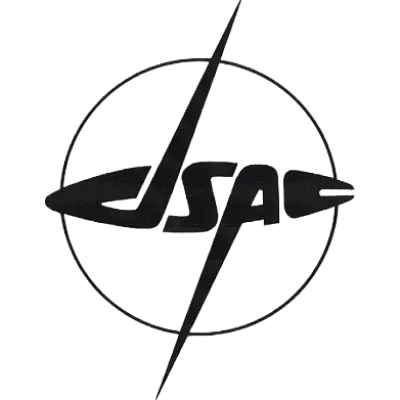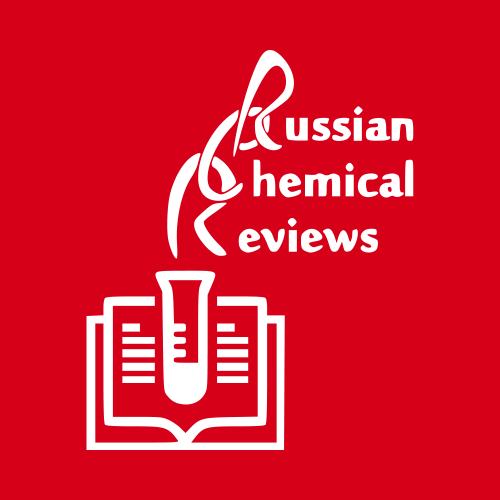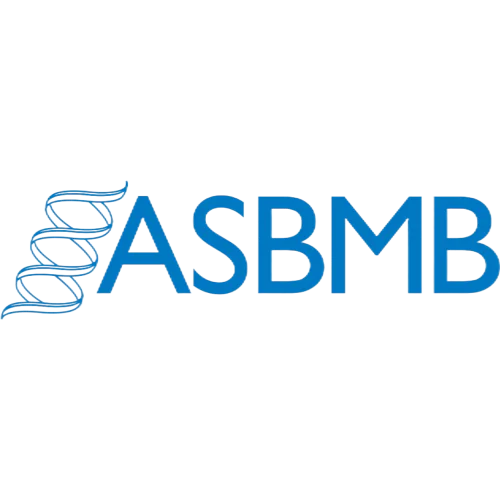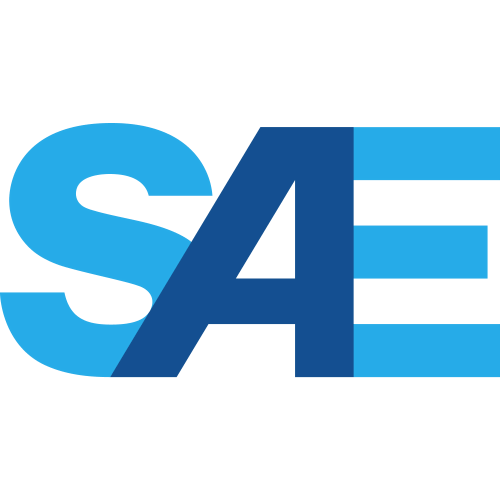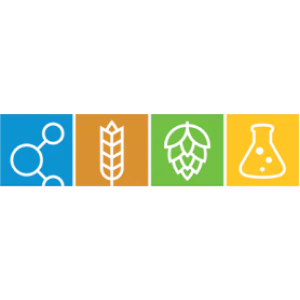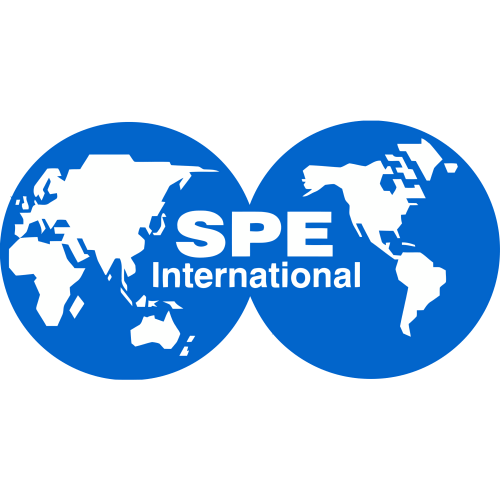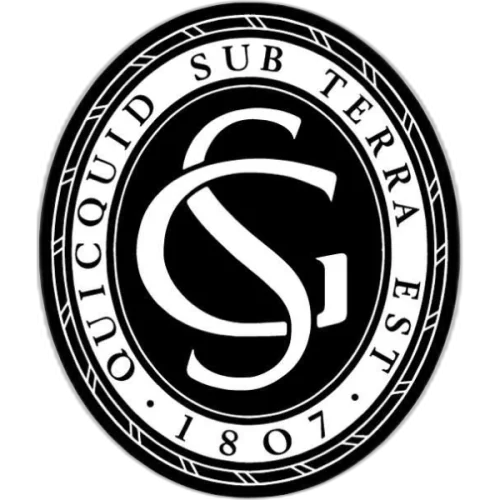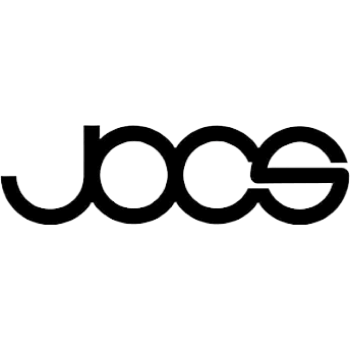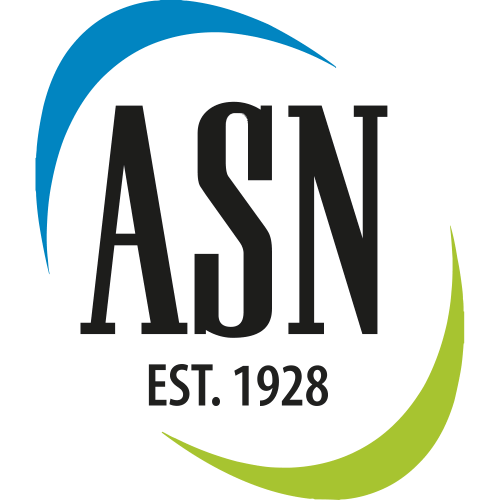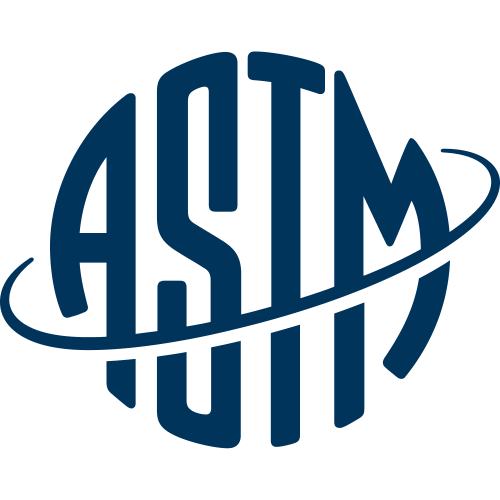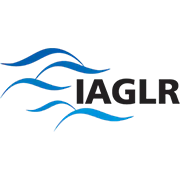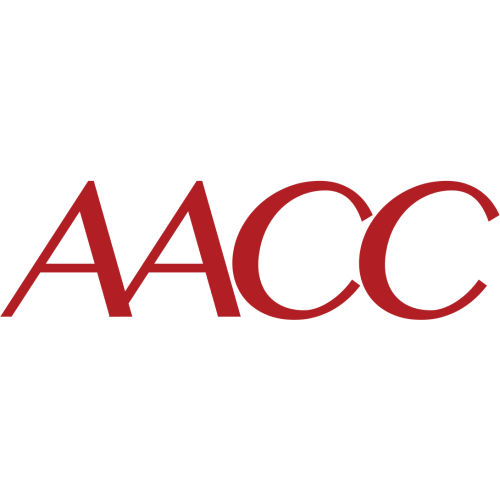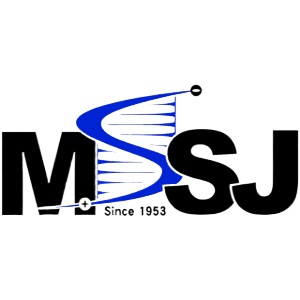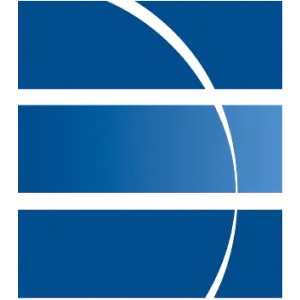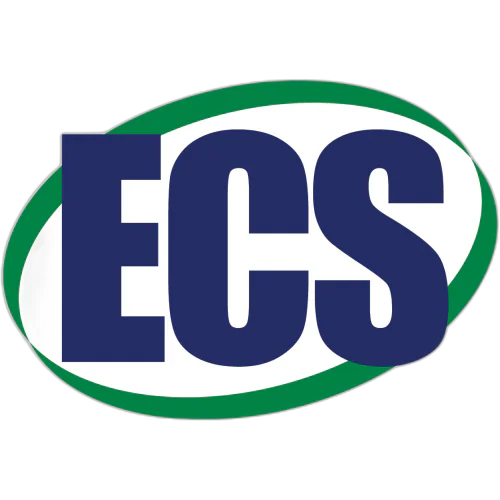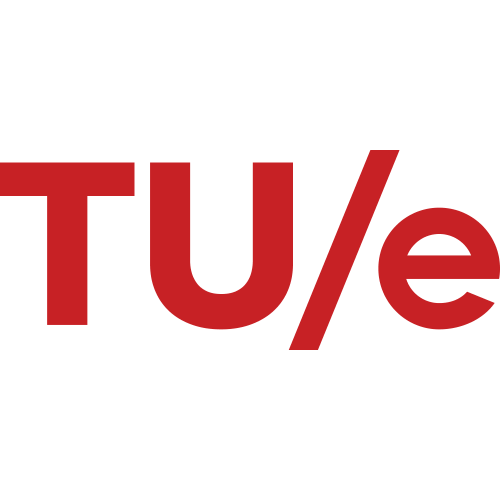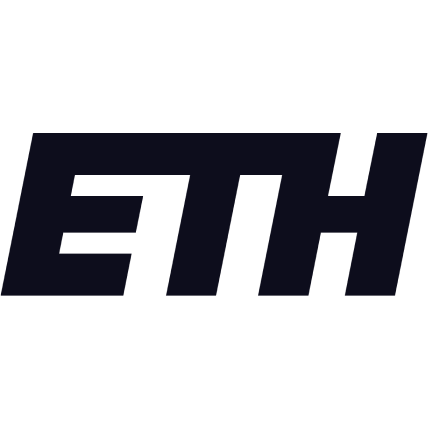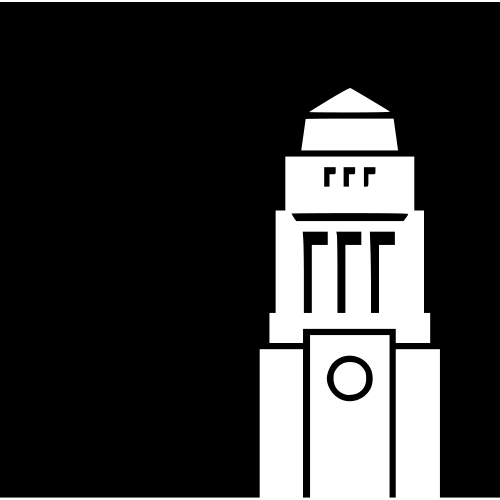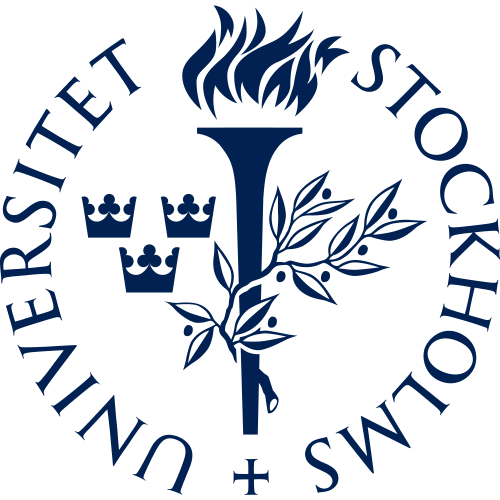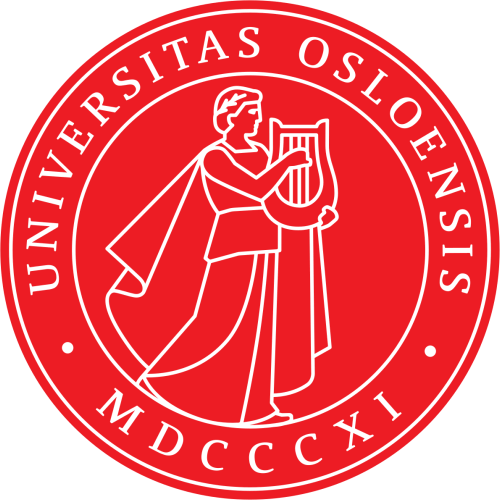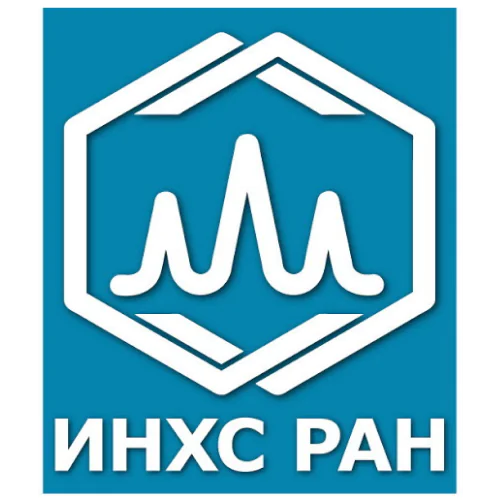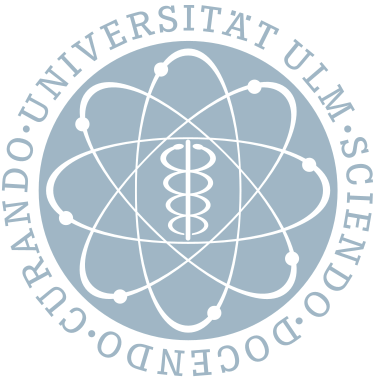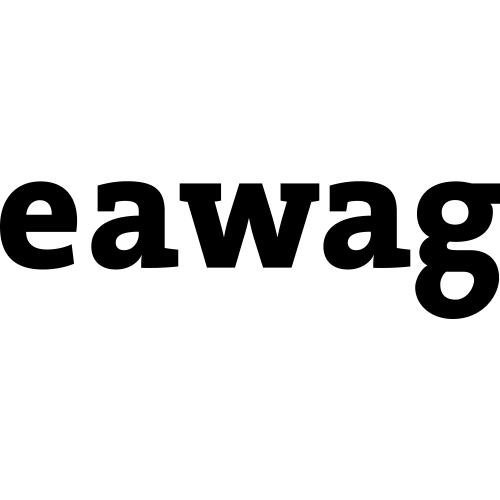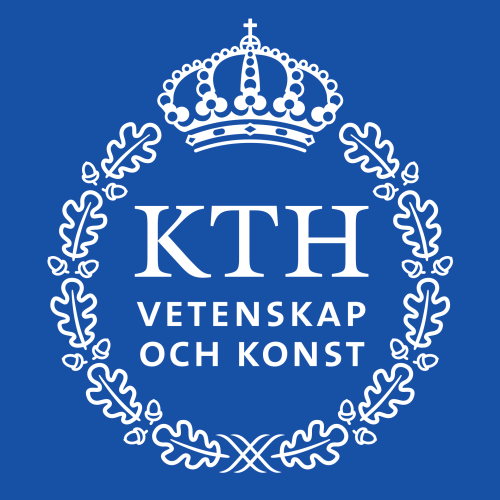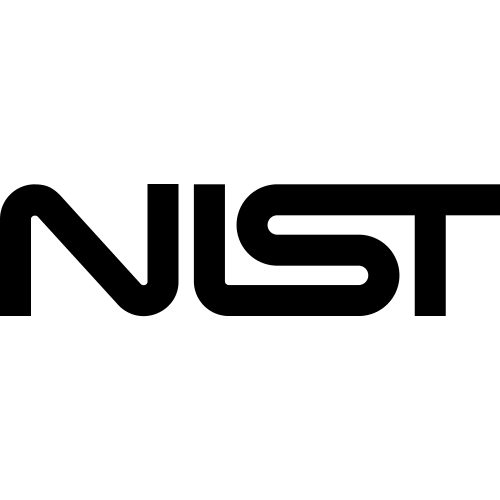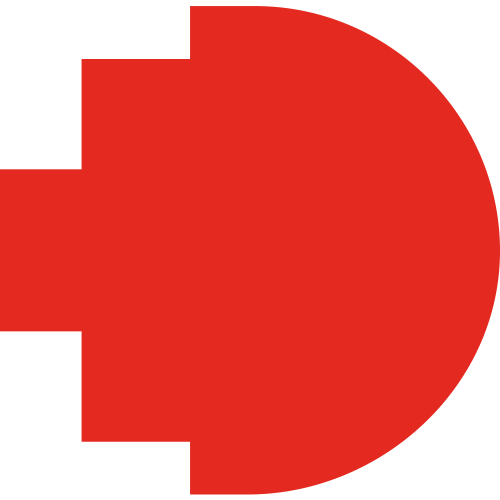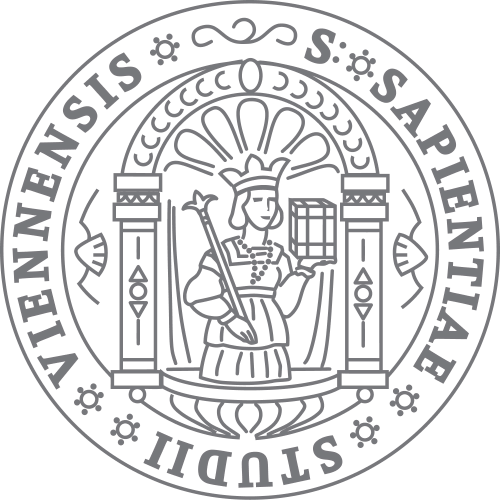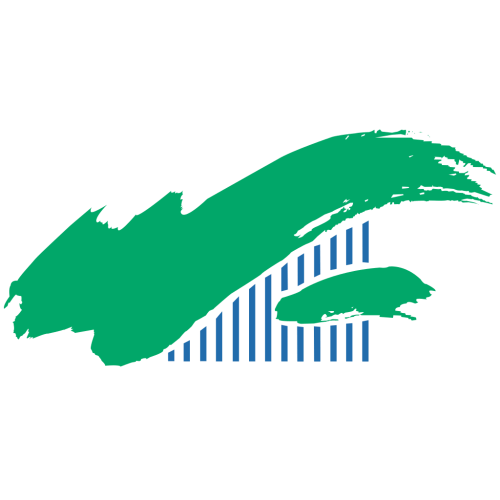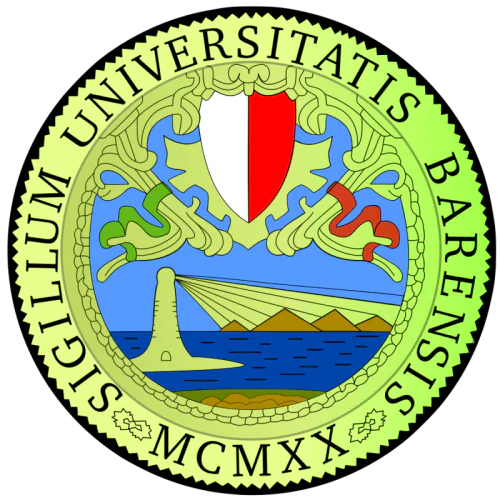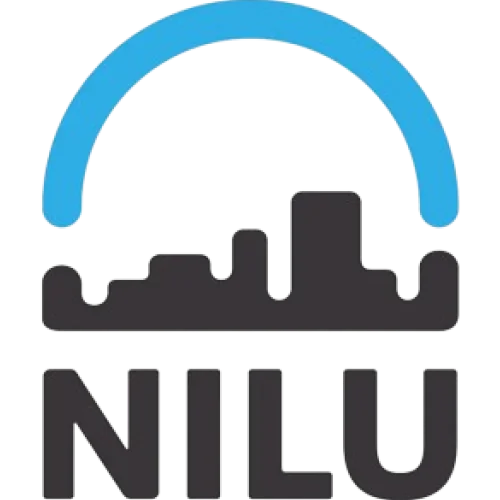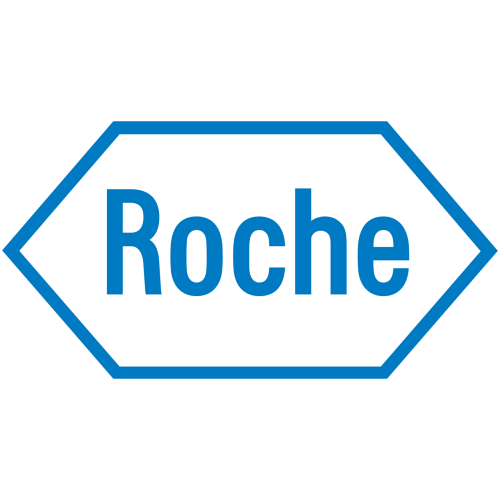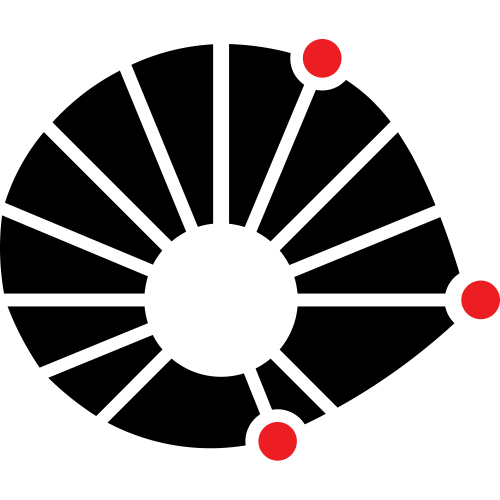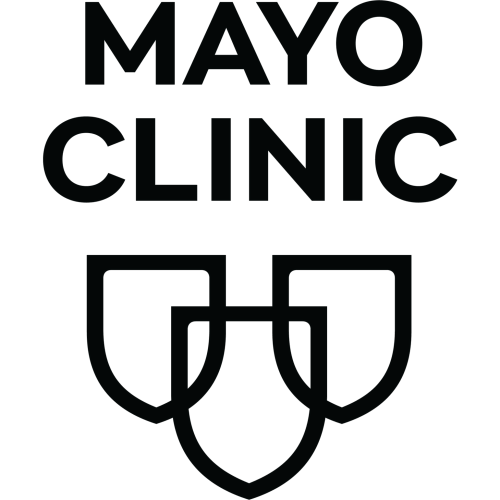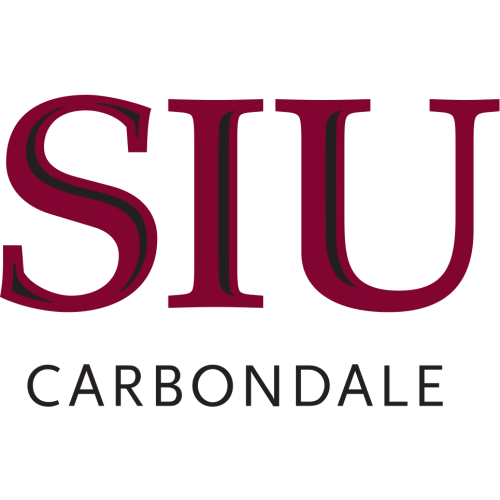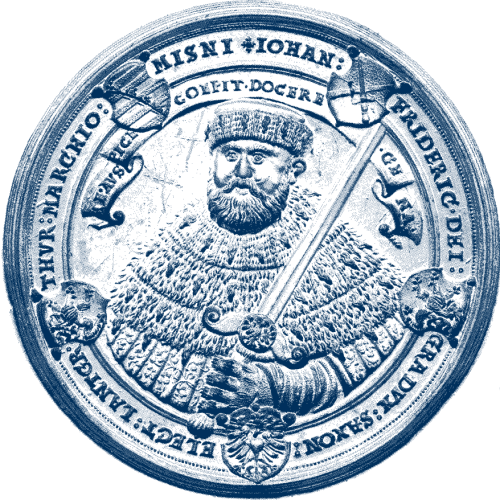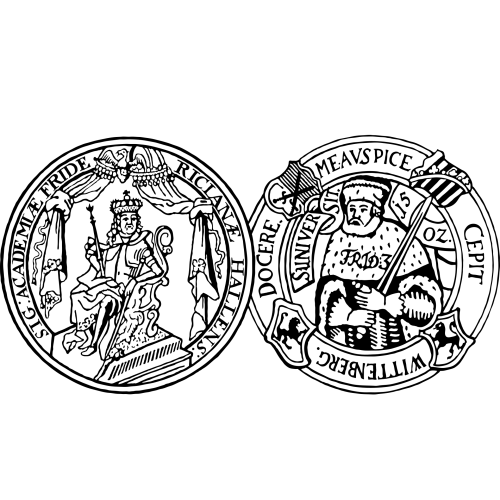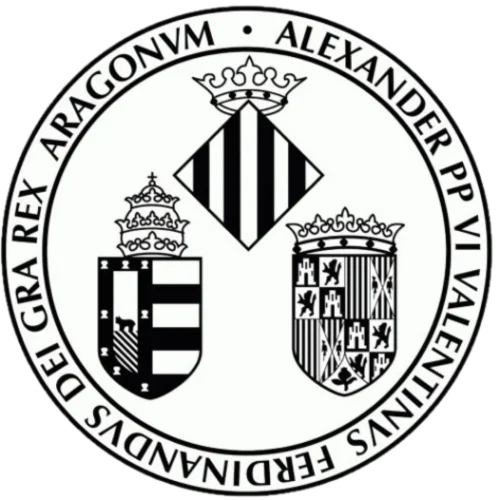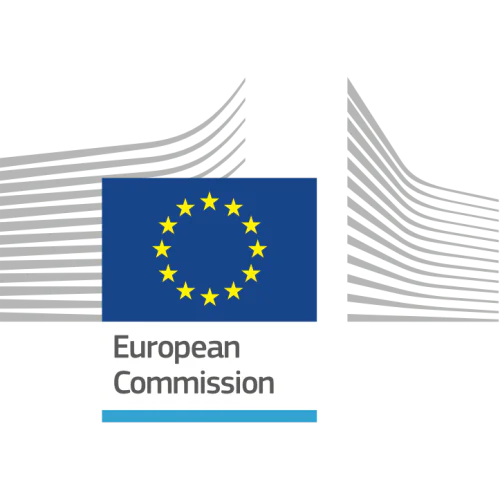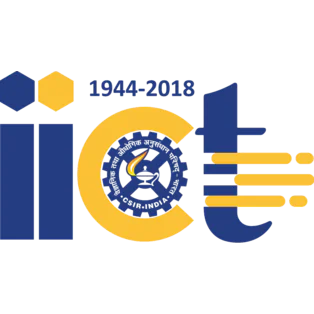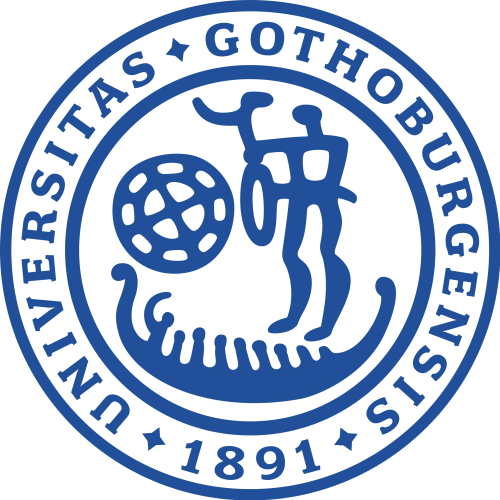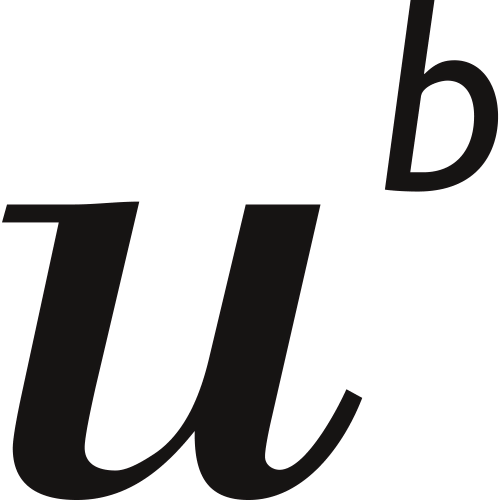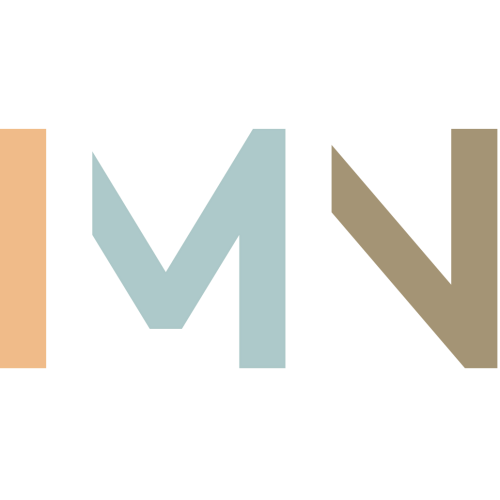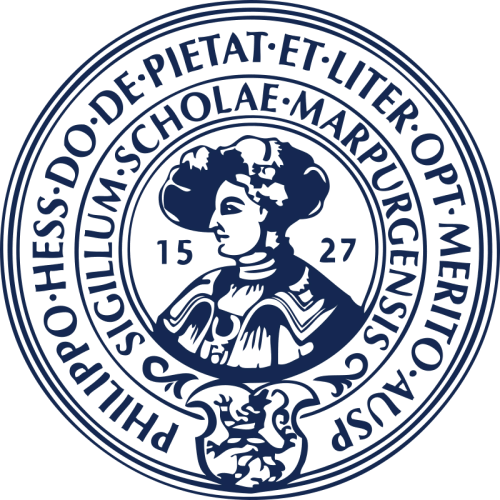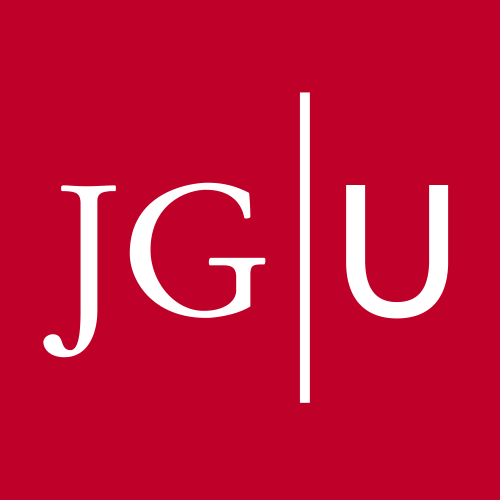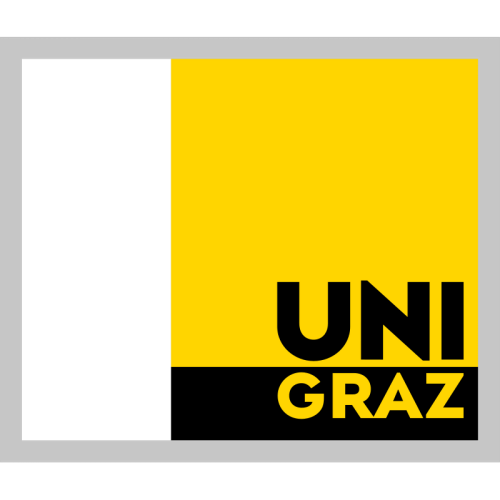Journal of High Resolution Chromatography
Are you a researcher?
Create a profile to get free access to personal recommendations for colleagues and new articles.
journal names
Journal of High Resolution Chromatography
Top-3 citing journals

Journal of Chromatography A
(12663 citations)

Journal of High Resolution Chromatography
(5872 citations)

Chromatographia
(2357 citations)
Top-3 organizations

Ghent University
(114 publications)
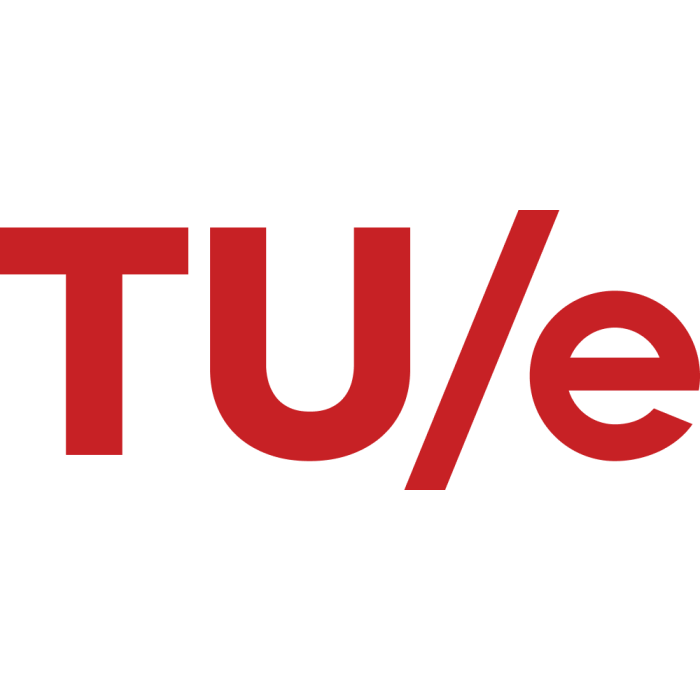
Eindhoven University of Technology
(79 publications)

University of Pretoria
(65 publications)
Top-3 countries
Top-2 researchers by articles count
Most cited in 5 years
Found
Nothing found, try to update filter.
Found
Nothing found, try to update filter.
Top-100
Citing journals
|
2000
4000
6000
8000
10000
12000
14000
|
|
|
Journal of Chromatography A
12663 citations, 22.53%
|
|
|
Journal of High Resolution Chromatography
5872 citations, 10.45%
|
|
|
Chromatographia
2357 citations, 4.19%
|
|
|
Journal of Separation Science
1501 citations, 2.67%
|
|
|
Analytical Chemistry
1433 citations, 2.55%
|
|
|
Journal of Microcolumn Separations
1364 citations, 2.43%
|
|
|
Electrophoresis
1251 citations, 2.23%
|
|
|
Analytica Chimica Acta
1078 citations, 1.92%
|
|
|
Journal of Chromatography Library
1019 citations, 1.81%
|
|
|
Journal of Chromatography B Biomedical Sciences and Applications
716 citations, 1.27%
|
|
|
TrAC - Trends in Analytical Chemistry
591 citations, 1.05%
|
|
|
Chemosphere
442 citations, 0.79%
|
|
|
Journal of Pharmaceutical and Biomedical Analysis
431 citations, 0.77%
|
|
|
Journal of Agricultural and Food Chemistry
411 citations, 0.73%
|
|
|
Journal of Liquid Chromatography and Related Technologies
398 citations, 0.71%
|
|
|
Journal of Liquid Chromatography
377 citations, 0.67%
|
|
|
Analytical and Bioanalytical Chemistry
364 citations, 0.65%
|
|
|
Flavour and Fragrance Journal
279 citations, 0.5%
|
|
|
Chirality
273 citations, 0.49%
|
|
|
Environmental Science & Technology
272 citations, 0.48%
|
|
|
International Journal of Environmental Analytical Chemistry
263 citations, 0.47%
|
|
|
Comprehensive Analytical Chemistry
255 citations, 0.45%
|
|
|
European Food Research and Technology
251 citations, 0.45%
|
|
|
JAOCS, Journal of the American Oil Chemists' Society
234 citations, 0.42%
|
|
|
Food Chemistry
226 citations, 0.4%
|
|
|
Analytical Sciences
223 citations, 0.4%
|
|
|
Journal of Chromatography B: Analytical Technologies in the Biomedical and Life Sciences
223 citations, 0.4%
|
|
|
Analytical Letters
207 citations, 0.37%
|
|
|
Pyrolysis of Organic Molecules with Applications to Health and Environmental Issues
197 citations, 0.35%
|
|
|
Talanta
172 citations, 0.31%
|
|
|
Energy & Fuels
167 citations, 0.3%
|
|
|
Rapid Communications in Mass Spectrometry
160 citations, 0.28%
|
|
|
Journal of Supercritical Fluids
146 citations, 0.26%
|
|
|
Critical Reviews in Analytical Chemistry
145 citations, 0.26%
|
|
|
Lipids
143 citations, 0.25%
|
|
|
Fresenius Zeitschrift für Analytische Chemie
137 citations, 0.24%
|
|
|
Organic Geochemistry
131 citations, 0.23%
|
|
|
Phytochemistry
123 citations, 0.22%
|
|
|
Journal of Mass Spectrometry
121 citations, 0.22%
|
|
|
Angewandte Chemie
121 citations, 0.22%
|
|
|
The Analyst
118 citations, 0.21%
|
|
|
Journal of Analytical Chemistry
118 citations, 0.21%
|
|
|
Analytiker-Taschenbuch
116 citations, 0.21%
|
|
|
Analytical Methods
115 citations, 0.2%
|
|
|
Fuel
114 citations, 0.2%
|
|
|
Biomedical Chromatography
112 citations, 0.2%
|
|
|
Molecules
111 citations, 0.2%
|
|
|
Science of the Total Environment
111 citations, 0.2%
|
|
|
Journal of Analytical and Applied Pyrolysis
110 citations, 0.2%
|
|
|
Journal of Chemical Ecology
101 citations, 0.18%
|
|
|
Phytochemical Analysis
100 citations, 0.18%
|
|
|
European Journal of Lipid Science and Technology
99 citations, 0.18%
|
|
|
Mass Spectrometry Reviews
93 citations, 0.17%
|
|
|
Microchemical Journal
93 citations, 0.17%
|
|
|
Russian Chemical Reviews
93 citations, 0.17%
|
|
|
Applied Spectroscopy
90 citations, 0.16%
|
|
|
Food Reviews International
89 citations, 0.16%
|
|
|
Analytical Biochemistry
89 citations, 0.16%
|
|
|
Tetrahedron Asymmetry
89 citations, 0.16%
|
|
|
Chemical Reviews
82 citations, 0.15%
|
|
|
Handbook of Analytical Separations
82 citations, 0.15%
|
|
|
Journal of Biochemical and Biophysical Methods
78 citations, 0.14%
|
|
|
Journal of Essential Oil Research
77 citations, 0.14%
|
|
|
Food Additives & Contaminants
77 citations, 0.14%
|
|
|
Microchimica Acta
76 citations, 0.14%
|
|
|
International Dairy Journal
75 citations, 0.13%
|
|
|
Polycyclic Aromatic Compounds
74 citations, 0.13%
|
|
|
Journal of the American Society for Mass Spectrometry
72 citations, 0.13%
|
|
|
Journal of Planar Chromatography - Modern TLC
65 citations, 0.12%
|
|
|
Journal of Analytical Atomic Spectrometry
65 citations, 0.12%
|
|
|
Food Research International
62 citations, 0.11%
|
|
|
Journal of Forensic Sciences
61 citations, 0.11%
|
|
|
Lipid / Fett
61 citations, 0.11%
|
|
|
Marine Pollution Bulletin
60 citations, 0.11%
|
|
|
Journal of the Chinese Chemical Society
58 citations, 0.1%
|
|
|
Tetrahedron
56 citations, 0.1%
|
|
|
Toxicological and Environmental Chemistry
56 citations, 0.1%
|
|
|
Atmospheric Environment
56 citations, 0.1%
|
|
|
Environmental Science and Pollution Research
55 citations, 0.1%
|
|
|
Russian Chemical Bulletin
54 citations, 0.1%
|
|
|
Environmental Toxicology and Chemistry
54 citations, 0.1%
|
|
|
Journal of the Science of Food and Agriculture
54 citations, 0.1%
|
|
|
Forensic Science International
54 citations, 0.1%
|
|
|
Chemistry of Plant Protection
54 citations, 0.1%
|
|
|
Journal of Geophysical Research
51 citations, 0.09%
|
|
|
Environmental Pollution
51 citations, 0.09%
|
|
|
Tetrahedron Letters
50 citations, 0.09%
|
|
|
Helvetica Chimica Acta
49 citations, 0.09%
|
|
|
Separation Science and Technology
49 citations, 0.09%
|
|
|
Progress in Lipid Research
49 citations, 0.09%
|
|
|
Journal of Dairy Science
48 citations, 0.09%
|
|
|
LWT - Food Science and Technology
47 citations, 0.08%
|
|
|
Sensors and Actuators, B: Chemical
46 citations, 0.08%
|
|
|
Carbohydrate Research
46 citations, 0.08%
|
|
|
Journal of Pharmaceutical Sciences
45 citations, 0.08%
|
|
|
Spectrochimica Acta, Part B: Atomic Spectroscopy
45 citations, 0.08%
|
|

Identification and Quantification of Drugs, Metabolites and Metabolizing Enzymes by LC-MS
43 citations, 0.08%
|
|
|
Flavour Science - Recent Advances and Trends
42 citations, 0.07%
|
|
|
Industrial & Engineering Chemistry Research
41 citations, 0.07%
|
|
|
C R C Critical Reviews in Analytical Chemistry
41 citations, 0.07%
|
|
|
2000
4000
6000
8000
10000
12000
14000
|
|









